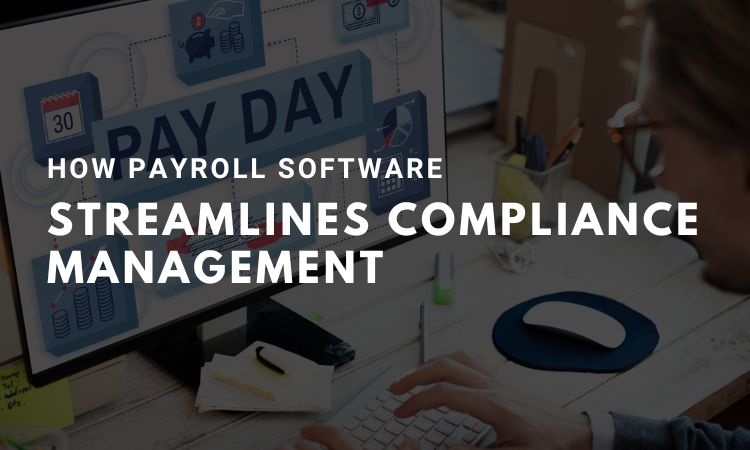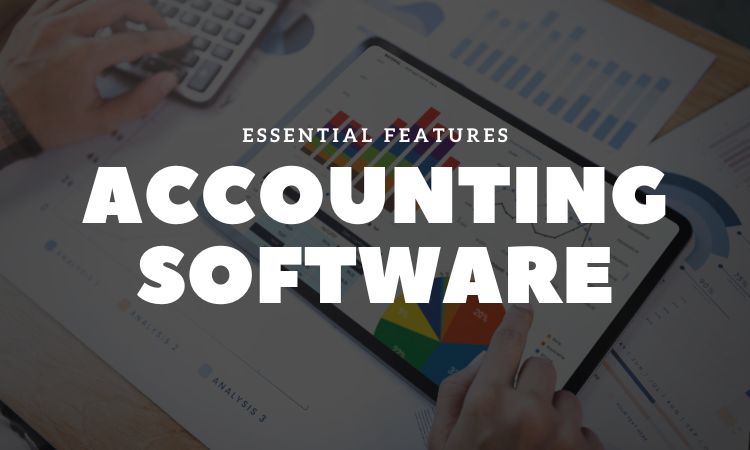Financial Management
Accounting Concepts
August 19, 2016
ACCPAC Accounting System
September 18, 2016Financial Management
Financial Management deals with accounting, budgeting and charging activities for services. It determines all the costs of IT organization on the basis of direct and indirect costs. This process is used by all three types of service providers – internal, external or shared service providers.
Financial Manager is the process owner of this process.
Benefits of Financial Management
Here are some of the benefits of Financial Management:
- Enhanced decision making
- Speed of change
- Service portfolio management
- Operational control
- Value capture and creation
Key decisions for Financial Management
Cost centre, value centre or accounting centre?
It is important to decide that how funding will be replenished. Clarity around the operating model greatly contributes to understanding the requisite, visibility of service provisioning costs, and funding is a good test of the business’s confidence and perception of IT.
The IT financial cycle starts with funding applied to the resources that create output which is identified as value by the customer. This value in turn includes the funding cycle to begin again.
Chargeback: to charge or not to charge
A chargeback model provides added accountability and visibility. Charging should add value to the business.
Chargeback models vary based on simplicity of calculations and the ability for the business to understand them. Some sample chargeback model includes the following components:
NOTIONAL CHARGES
This address whether a journal entry will be made to the corporate financial systems. Here we have two-book method in which one records costs in corporate financial systems while a second book is kept but not recorded.
This second book gives same information but reflects what would have happened if alternative method of recording had been used.
TIERED SUBSCRIPTION
It refers to varying levels of warranty and /or utility offered for a service, all of which have been priced, with appropriate chargeback model applied.
METERED USAGE
In this demand modeling is incorporated with utility computing capabilities to provide confidence in the capture of real-time usage.
FIXED OR USER COST
In this cost is divided by an agreed denominator such number of users.
SOURCE: TUTORIALSPOINT
For more information visit us on www.onestopaccounting.com




